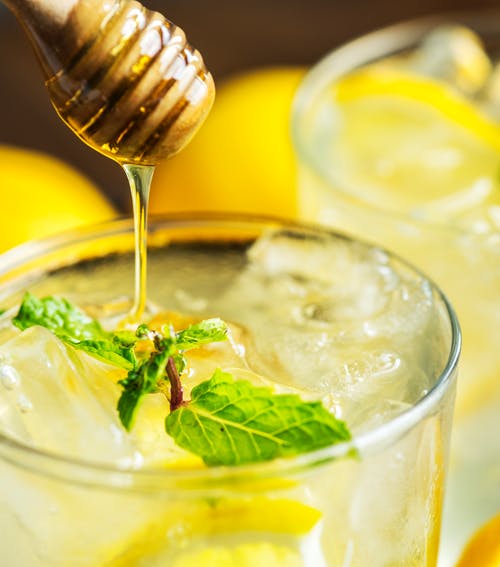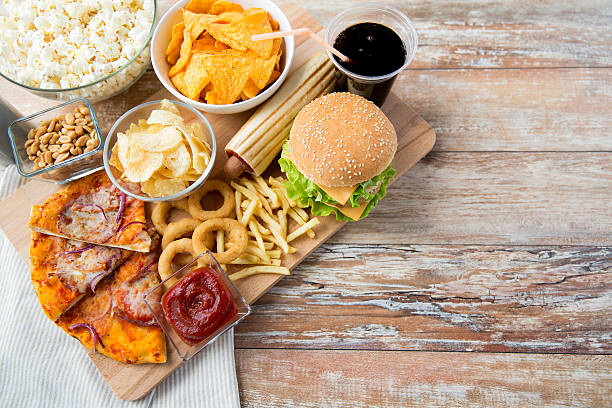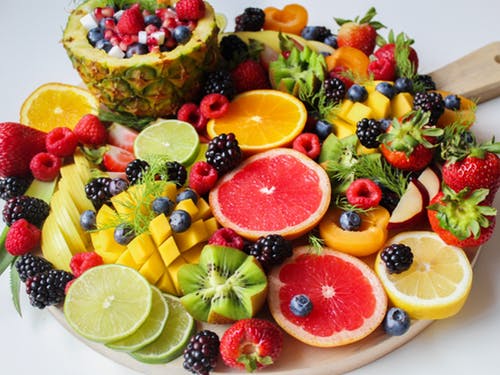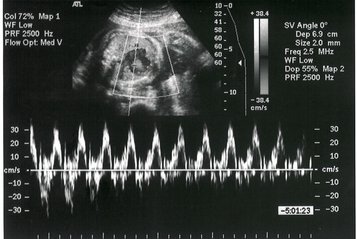Indoors is where one escapes to, to rest, relax, and feel comfortable, to get respite from the extremes of temperature, humidity, and exposure to some pollutants found in the “outdoors.” But do we know that the indoors can be up to 100 times more polluted as the outdoors?
Air pollution is not just the smoke spewing from factories and traffic, with toxic fumes converting the atmosphere into a gas chamber. It is more pervasive than that and it includes, regrettably, the air quality inside of our homes, the air our little children breathe – and it can have serious, even hazardous health consequences.
What are these possible consequences?
There can be short term symptoms, such as
- coughing
- sneezing
- watery eyes
- fatigue
- dizziness
- headaches
- Rhinitis, nasal congestion
- Nose bleeds
- Difficulty of breathing
- Sore throat, cough
- The long-term health consequences of indoor air pollution include even more serious conditions such as
- Hearing loss
- respiratory problems – wheezing, asthma
- Severe lung disease
- Brain health including Alzheimer’s and autism
- Heart disease
- cancer
which can show up years after exposure has occurred.
Non health consequences also occur – productivity can be adversely affected by pollution.
As we know, the COVID-19 virus passes through droplets in the air. And other indoor pollutants – including volatile organic compounds, chemicals, smoke, mold, pollen and allergens, toxins in household cleaning products – can also persist in the air, affecting our health and quality of life.
But there is a solution.
- Ventilation – Be sure to open windows to air out your home …
- Maintain a wide variety of healthy plants that possibly help purify the air such as snake plant, spider plant and jade.
- Avoid using of toxic household and personal care products.
- Use a good quality air filter in all confined spaces – your home, office and car. As we spend unprecedented amounts of time in our homes to shelter ourselves away from life-threatening airborne viruses – – pure indoor air isn’t just a luxury. It’s a necessity! And this is not just now during lockdown times. What will happen when our freedom is restored? An unsuspected, undiagnosed person who visits your home or office can leave behind droplets by just talking and breathing. According to many integrative healthcare professionals, a good quality, better than HEPA can filter out the virus, which is between 0.2 and 0.05 microns in size, according to a Lancet study. So your filter has to be able to capture particles smaller than 0.05 microns to be effective.
- Avoid air fresheners, deodorants, perfumes and perfumes cleaning products. These are all chemicals and toxic. Essential oils have therapeutic benefits and they smell great.
Without doubt, clean air is the #1 determinant of good health. Followed by water, and then food. Just think about it. You can live for days without water, for weeks without food, but only a couple of minutes without air. Still, most people are more concerned about their diet, supplement & exercise regimens and neglect the air that they breathe… innocently allowing toxins into their body! Little children are much more vulnerable to the dangers of toxic air due to their higher respiratory rates.
You may be shocked to finally know what good health feels like:



Take the step, clean your air and restore good health for your family.








